What Is Column?
Important Point
A compression member, i.e., column, is an important element of every reinforced concrete structure. These are used to transfer a load of superstructure to the foundation safely. Mainly columns, struts, and pedestals are used as compression members in buildings, bridges, supporting systems of tanks, factories, and many more such structures.
A column is defined as a vertical compression member who is mainly subjected to the effective length and axial loads of which exceeds three times its least lateral dimension. The compression member whose effective length is less than three times its least lateral dimension is called Pedestal
The compression member who is inclined or horizontal and is subjected to axial loads is called Strut. Struts are used in trusses. The function of columns is to transfer the load of the structure vertically downwards to transfer it to a foundation. Apart from the wall performs the following functions also:
- (a) It encloses building areas into different compartments and provides privacy.
- (b) It provides safety from burglary and insects.
- (c) It keeps the building warm in cools in summer and winter.
Also, read: What Is Lap Length | Lap Length of Column | Lap Length of Slab | Lap Length of Beam
What Is Column End Conditions?
How much load a column can bear also depends on column end conditions. The column with fixed end conditions at both ends will be stronger, than the second column of the same size, length, and material but having both ends free.
The ability to carry a load will be different for both columns. The effective length of a column is calculated after knowing the column end conditions. Effective length changes with the change in column end conditions. The following are the column end conditions.
Also, read: How to Load Calculation on Column, Beam, Wall & Slab
Type of Column End Conditions
- Both Ends Hinged.
- Both Ends Fixed.
- One End Fixed and Other Hinged.
- One End Fixed and Other Free.
1. Both Ends Hinged-
The effective length of other end conditions can be found with reference to this condition. This is the standard column end condition. Effective length in this condition is equal to the length of the column.
In this condition, both ends of the column are either pinned, pivoted, or rounded. As shown in the figure below.
le = L
Where,
le = Equivalent length
L = Actual Length
2. Both Ends Fixed-
Column load-bearing capacity increases with the decrease in column equivalent length. This is the strongest column end condition. Both ends fixed column carry the maximum load, and effective length for this condition is considered as half of the total column length. As shown in the figure below.
le = L/2
Where,
le = Equivalent length
L = Actual Length
Also, read: What Is Plaster | Type of Plaster | Defects In Plastering
3. One End Fixed and Other Hinged-
In this condition, one end of a column is stronger, while the other end is very weak. The equivalent length for this end is as follows.
le = L/√2
Where,
le = Equivalent length
L = Actual Length
4. One End Fixed and Other Free-
This end condition makes columns to bear the smallest load of all other end conditions. The column in such a condition is very weak. The equivalent length for one end fixed and other free is as follows.
le= 2L
Where,
le = Equivalent lengthThe effective length of a column is the distance between the points of zero moment or the inflection points of the column. It is used in the design of columns to determine the critical buckling load of the column.
L = Actual Length
Also, read: Difference Between Bitumen and Tar | What Is Bitumen | What Is Tar
What Are Effective Lengths of Columns?
The equivalent or effective length is defined as the distance between two adjacent points of contra flexure on the column. The point of contra flexure is defined as the point on the column where there is a change in the direction of the axis of the column.
The critical loads for columns with various support conditions can be related to the critical load of a pained-end column through the concept of an effective length. To demonstrate this idea, consider the deflected shape of a column fixed at the base and free at the top as below fig.
This column buckles in a curve that is one-quarter of a complete sine wave. If we extend the deflection curve as below figure, It becomes one-half of a complete sine wave, which is the deflection curve for the pinned-end column.
The effective length Le for any column is the length of the equipment pinned-end column. That is, it is the length of a pinned-end column having a deflection curve that exactly matches all or part of the deflection curve of the original column.
Another way of expressing this idea is to say that the effective length of a column in the distance between points of inflection (that is, points of zero moments) in its deflection curve, assuming that the curve is extended (if necessary) until points of inflection are reached.
Thus, for a fixed-free column, the effective length is Le = 2L.
Because the effective length is the length of an equivalent pinned-end column, we can write a general formula for critical loads as follows:
Pcr = π2EI / Le2
If we know the effective length of a column (no matter how complex the end conditions may be), we can substitute into the preceding equation and determine the critical load.
For instance, in the case of a fixed-free column, we can substitute Le = 2L and obtain.
The effective length is often expressed in terms of an effective-length factor K: Le = KL
Where L is the actual length of the column. Thus, the critical load is
Pcr = π2EI / KL2
The factor K equals 2 for a column fixed at the base and free at the top and equals 1 for a pinned-end column.
The effective- length factor is often included in design formulas for columns.
Various k Factors and Column Effective Length
| Sr.No. | Shape of Column | Column Postion | Effective Length Factor | Effective Length |
|---|---|---|---|---|
| 1. |
|
Both End Fixed. | k = 0.5 | Le = 0.5 l a |
| 2. |
|
One End Pinned Joint and One End Fixed Joint. | k = 0.7 | Le = 0.7 l a |
| 3. |
|
Both End Pinned Joint. | k = 1.0 | Le = 1.0 l a |
| 4. |
|
One end Fixed Joint and One End Free. | k = 2.0 | Le = 2.0 l a |
Also, read: What Is Classification of Bricks | Classification of Bricks Different Base
Equivalent Lengths of Columns for Various End Conditions.
| Sr.No. | Shape of Column | Detail of Column | Recommended design valuek | Theoretical k Value |
|---|---|---|---|---|
| 1. |  |
Effectively held in position and restrained in direction at one end but not held in position or restrained in direction at the other end. | k = 2.00L | k = 2.00L |
| 2. |  |
Effectively held in position and restrained in direction at one end and at the other end partially restrained in direction but not held in position. | k = 2.10L | k = 2.00L |
| 3. |  |
Effectively held in position and restrained in direction at one end and at the other end effectively restrained in direction but not held in position | k = 1.00L | k = 1.00L |
| 4. |  |
Effectively held in position at both ends but not restrained in direction | k = 1.20L | k = 1.00L |
| 5. |  |
Effectively held in position at both ends and restrained in direction at one end. | k = 0.80L | k = 0.70L |
| 6. |  |
Effectively held in position and restrained in direction at both ends. | k = 0.65L | k = 0.50L |
Effective Length of Column
The effective column length can be defined as the length of an equivalent pin-ended column having the same load-carrying capacity as the member under consideration. The smaller the effective length of a particular column,the smaller its danger of lateral buckling and the greater its load carrying capacity.
Length of Column-
Basically length of column can be said as vertical distance between two floors or between two tie levels. According to structural point of view length of column is the distance between two points where a column gets its fixidty of support so its movement is restrained in all directions.
How to Determine Column End Conditions?
The column end criteria are as follows: Use effective length factor K of 1 for both ends hinged, i.e. effective length = L. Use K as 0.5 for Both Ends Fixed, which equals effective length = 0.5L.
Column End Conditions in Structural Analysis
How much load a column can bear also depends on column end conditions. The column with fixed end conditions at both ends will be stronger, then the second column of the same size, length, and material but having both ends free.
Steel Column End Conditions
11.5 END CONDITIONS FOR LONG COLUMNS
- Both ends are hinged or pinned.
- One end is free and the other is fixed.
- Both ends are fixed.
- One end is fixed and the other end is pinned.
Column Base Design Criteria
A column base consists of a column, a base plate and an anchoring assembly. In general they are designed with unstiffened base plates, but stiffened base plates may be used where the connection is required to transfer high bending moments.
Steel Column End Connection Types
Various types of beam connections are provided below:
- Bolted framed connections.
- Bolted seated connections.
- Welded framed connections.
- Welded seat connections.
- End plate connections.
- Special connections.
- Simple, rigid and semi-rigid connections.
Equivalent Length of Column
The equivalent or effective length is defined as the distance between two adjacent points of contra flexure on the column. The point of contra flexure is defined as the point on the column where the there is a change in the direction of the axis of the column.
What Is Effective Length?
The effective length, LE, of a member hinged at its ends is the distance between the axes of the hinges. For general end restraints, the effective length LE, is the length of an end-hinged member which has the same load bearing resistance as the member under consideration.
What Is Effective Length of Column?
The effective length of a column is the distance between the points of zero moment or the inflection points of the column. It is used in the design of columns to determine the critical buckling load of the column.
What Is the Column’s Equivalent Length If One End Is Fixed and the Other Is Free?
∴ The equivalent length of a column of length L having one fixed free and the other free is 2L.
The Column or the Strut Is the Member Whose Effective Length Is Greater Than
Explanation: As per IS 456:2000, clause 25.1. 1, A column or struts is a compression member in which the effective length of column or struts exceeds three times the least lateral dimension.
What Are the 3 Types of Columns?
The three major classical orders are Doric, Ionic, and Corinthian. The orders describe the form and decoration of Greek and later Roman columns, and continue to be widely used in architecture today. The Doric order is the simplest and shortest, with no decorative foot, vertical fluting, and a flared capital.
What Are Columns Made Of?
Columns are typically constructed from materials such as stone, brick, block, concrete, timber, steel, and so on, which have good compressive strength.
How to Calculate Effective Length of Column?
The effective length of the column may be calculated using the formula K x L, which involves multiplying the effective length factor by the column length. The column end criteria are as follows: Use effective length factor K of 1 for both ends hinged, i.e. effective length = L.
Like this post? Share it with your friends!
Suggested Read –
- Uscs Chart
- West Point Bridge Designer
- How Long Does Dry-Pack Take to Cure
- Difference Between CPM and PERT | What Is CPM & PERT
- Difference Between One Way Slab and Two Way Slab | What is Slab
- Introduction of Gantry Girder | Load on Gantry Gutter | Type of Load on Gantry Gutter
- What Is Pier Foundation | Types of Drilled Piers | Advantages and Disadvantages of Drilled Pier Foundations
- What Is Structural Settlement | Causes For Structural Settlement | What Is Soil Settlement & Foundation Structural Settlement
Originally posted 2023-07-20 12:57:47.
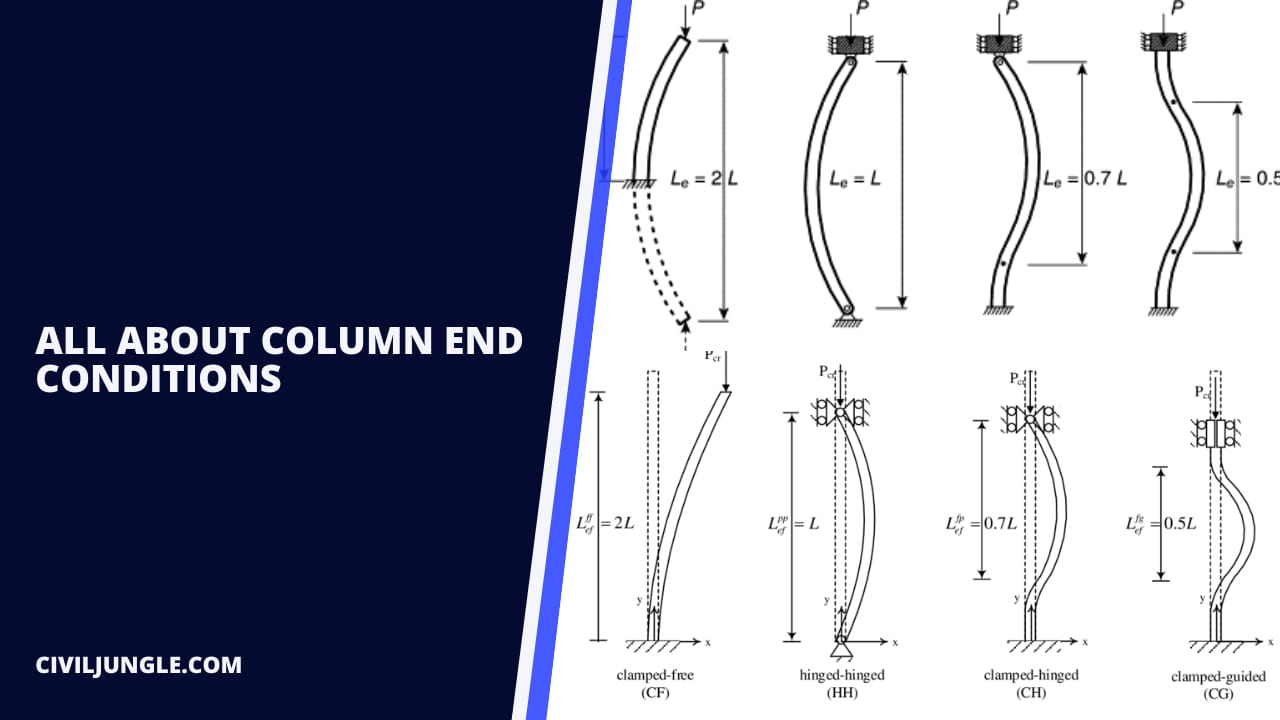

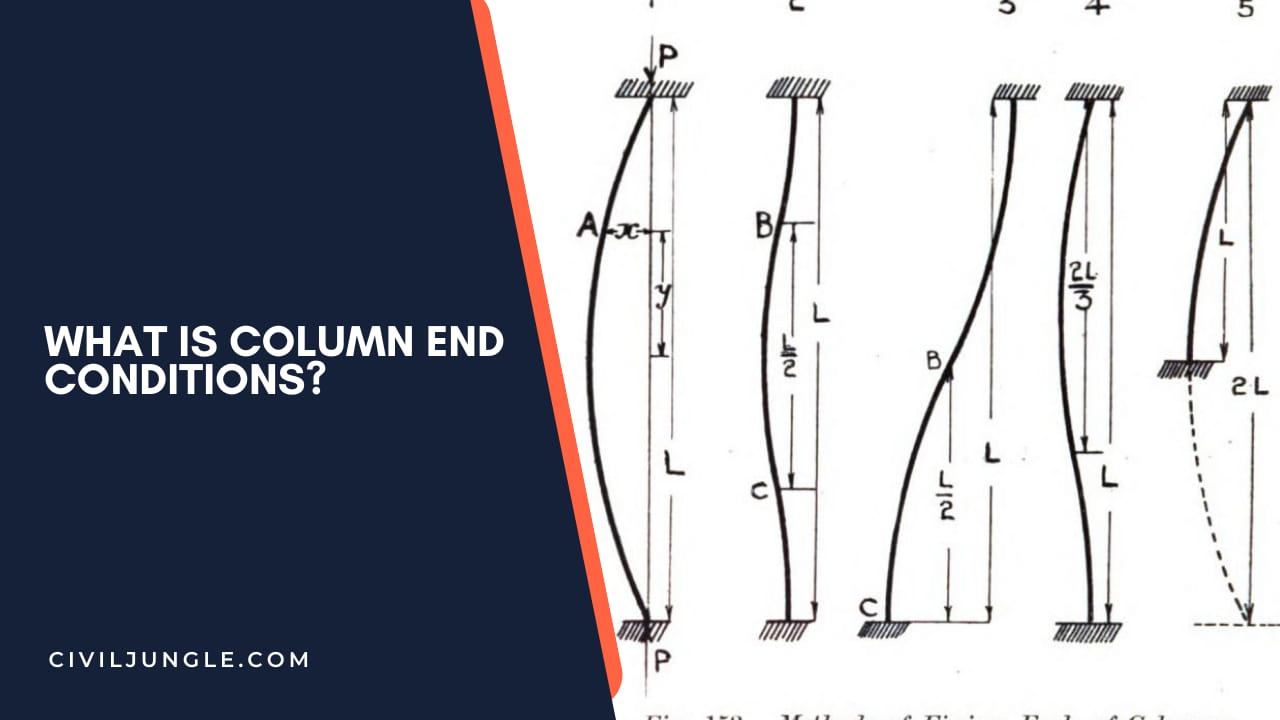
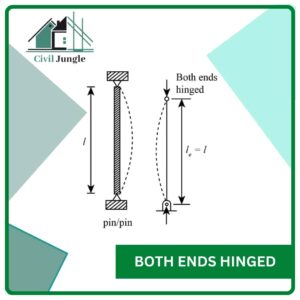
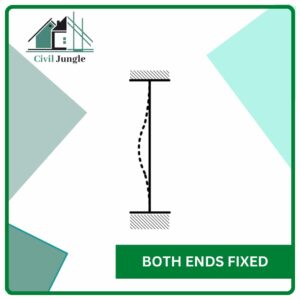
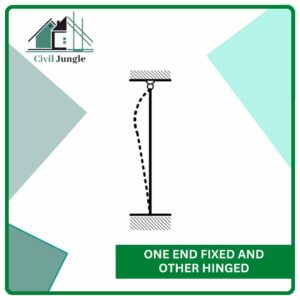
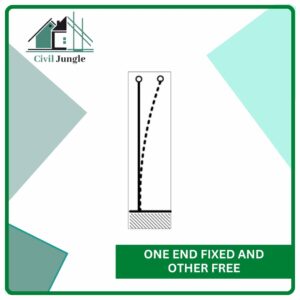

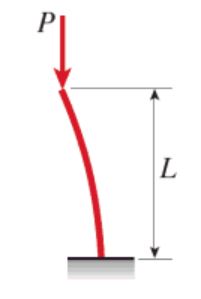
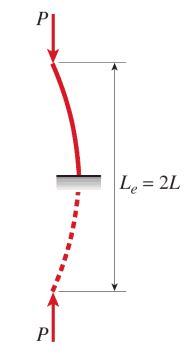
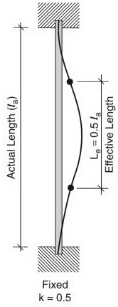
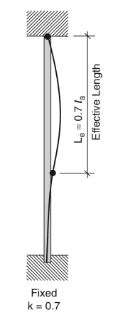

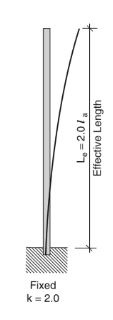

Leave a Reply